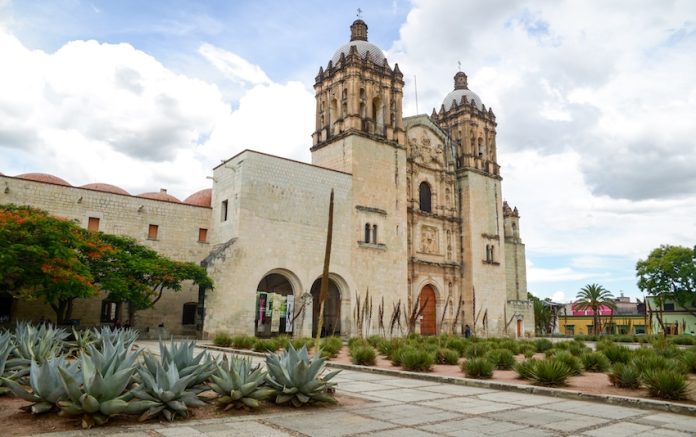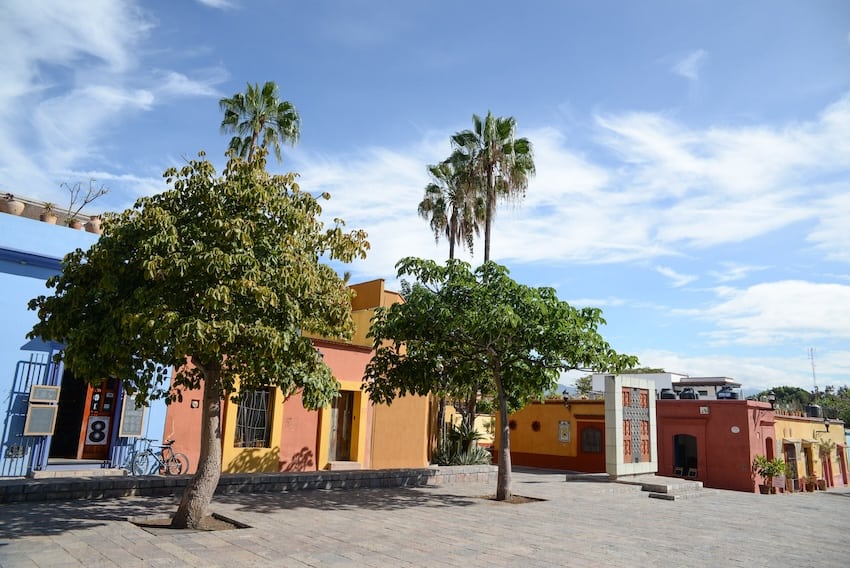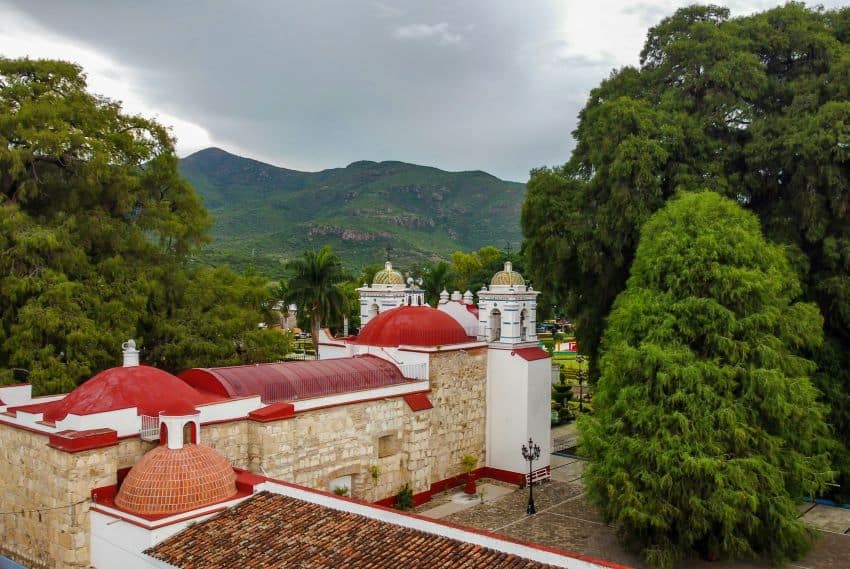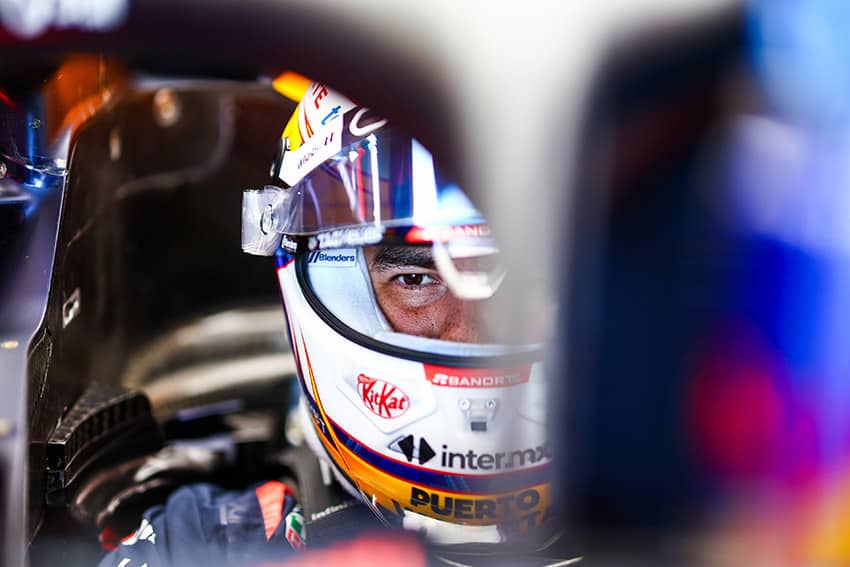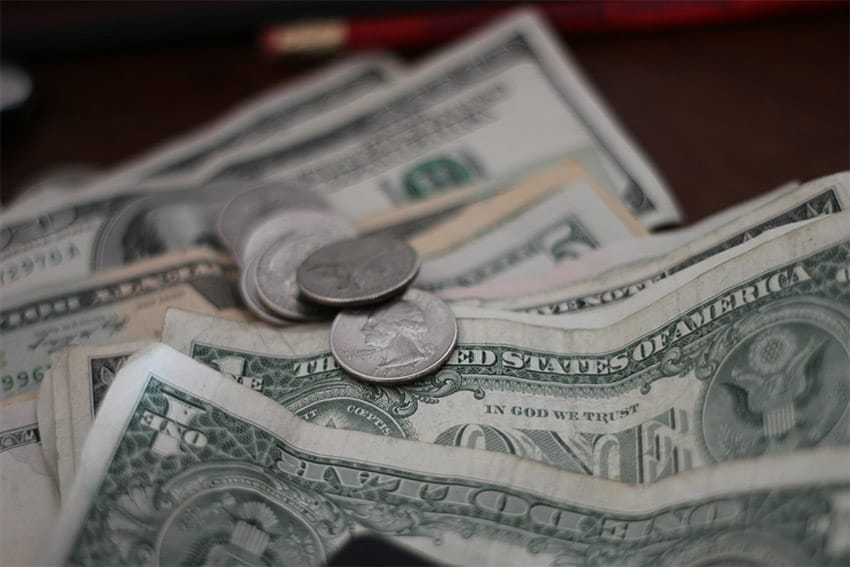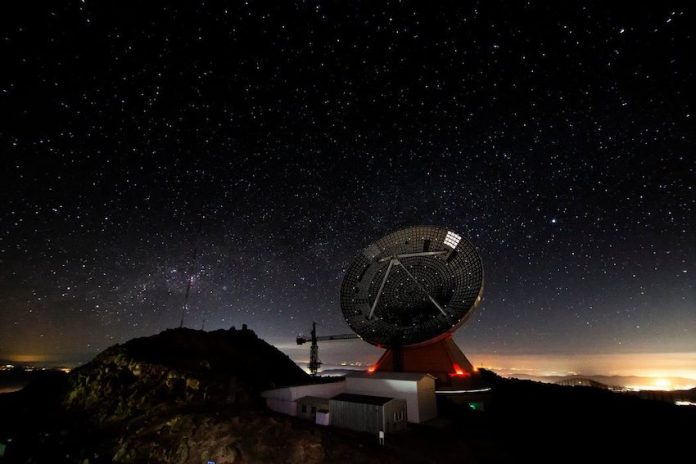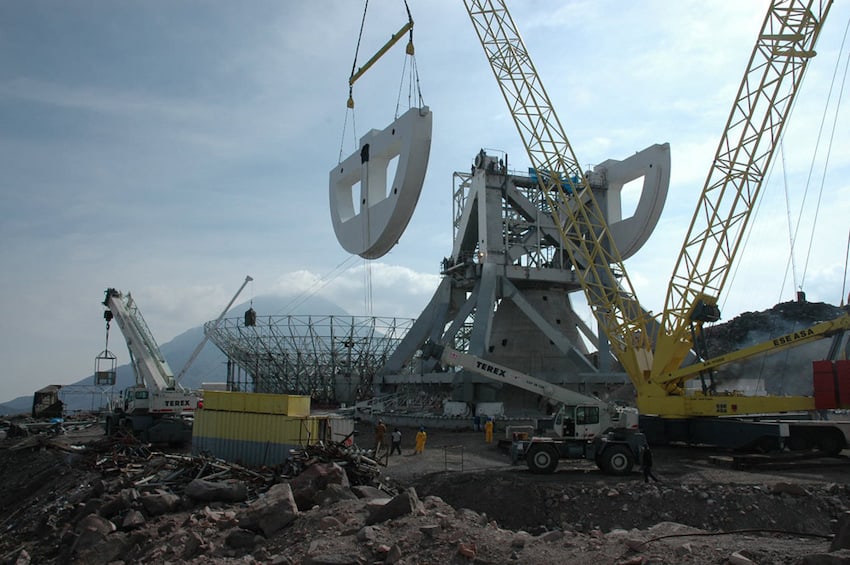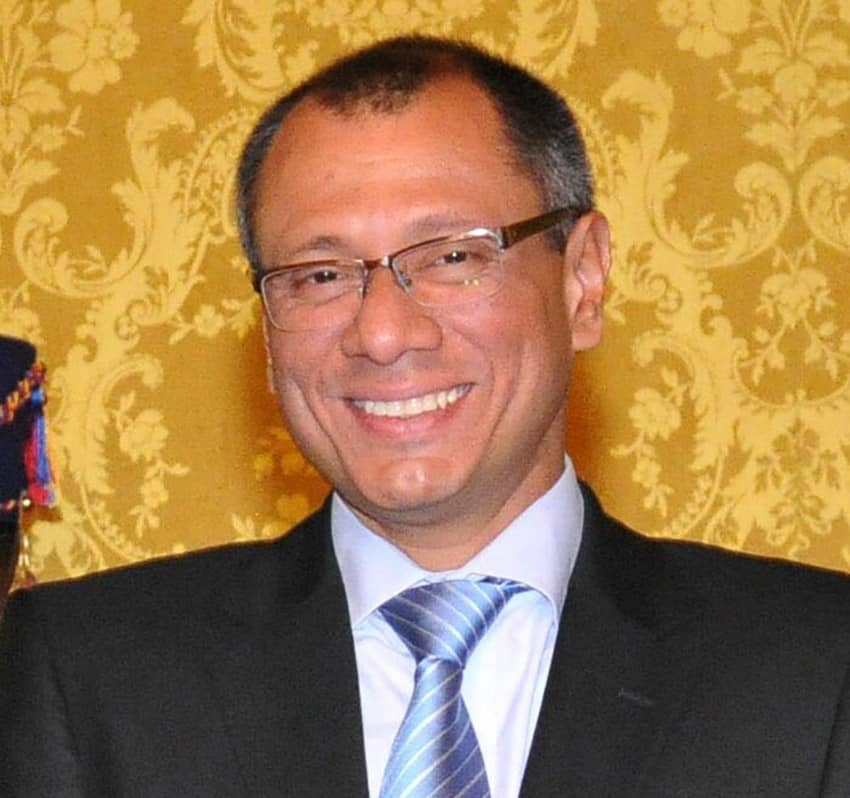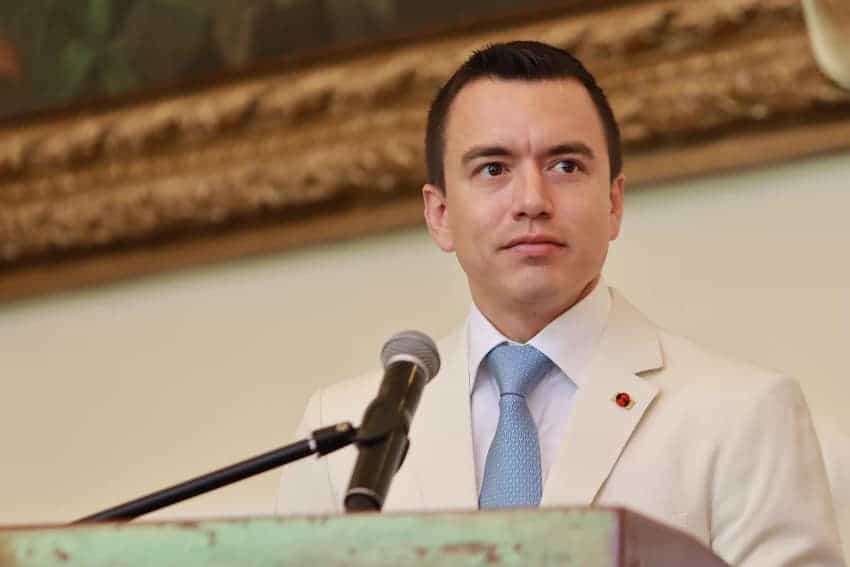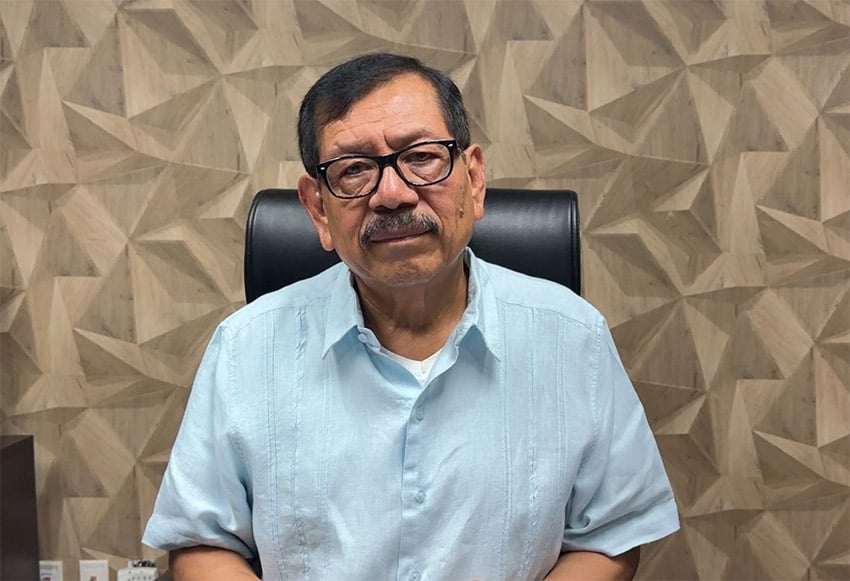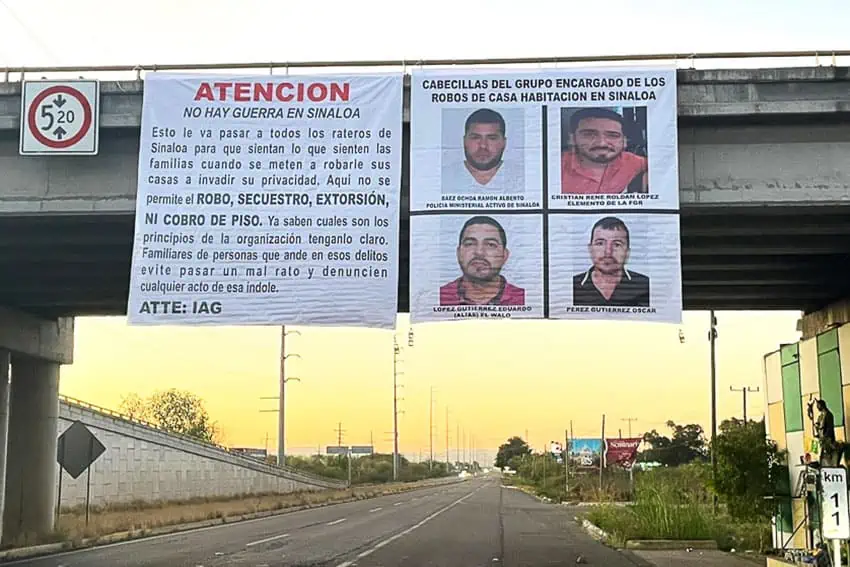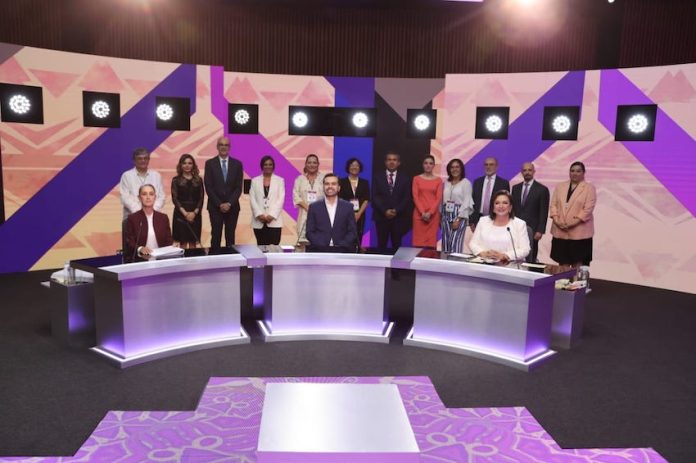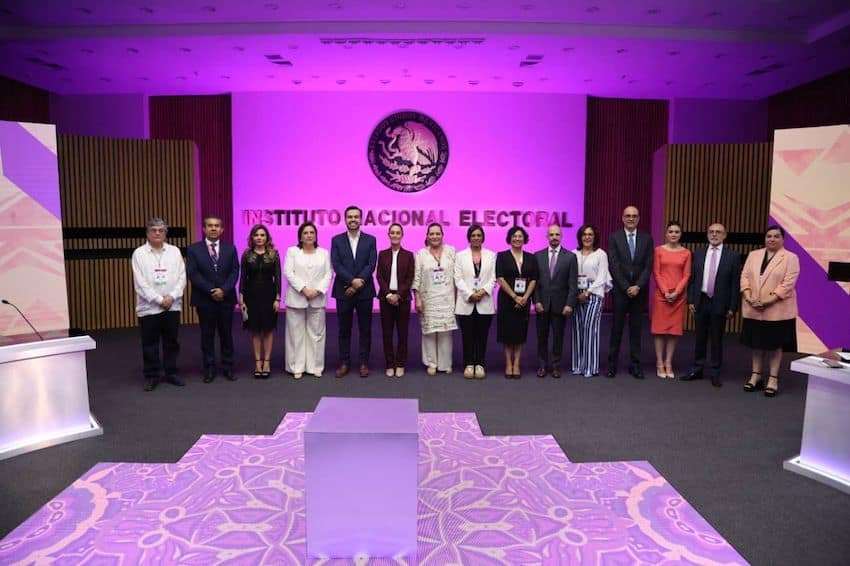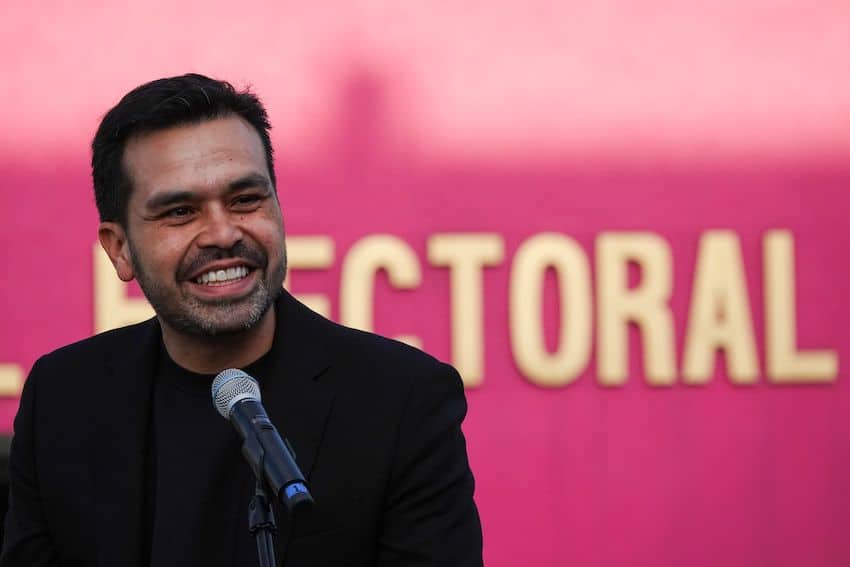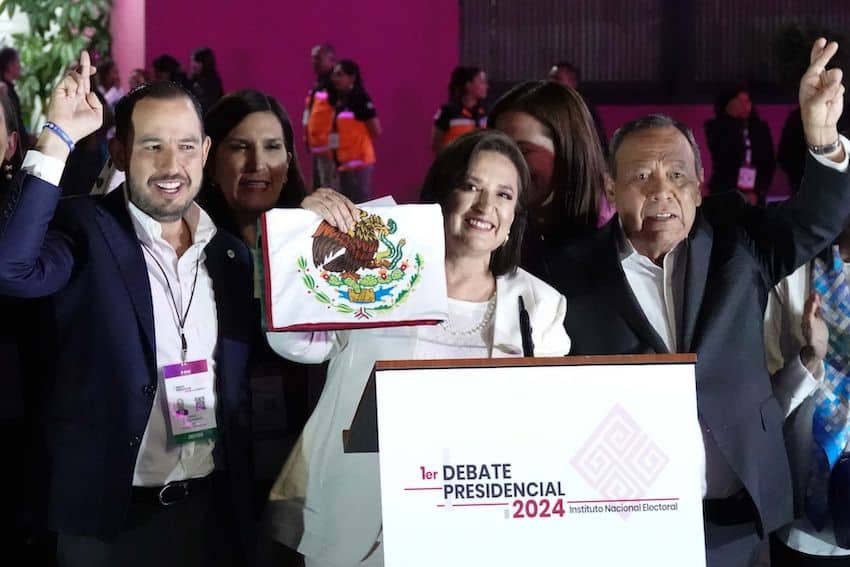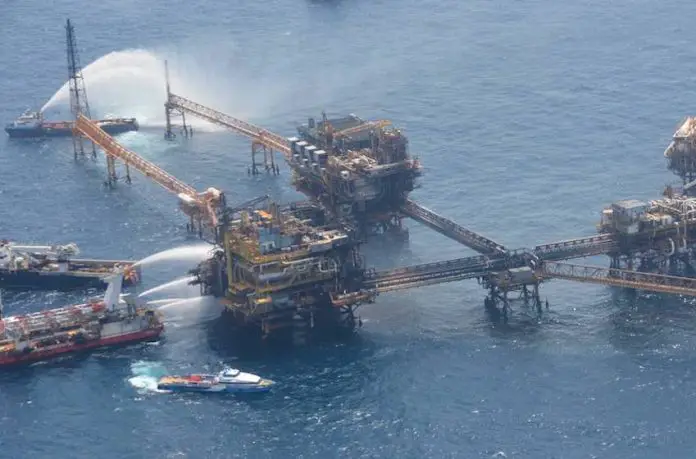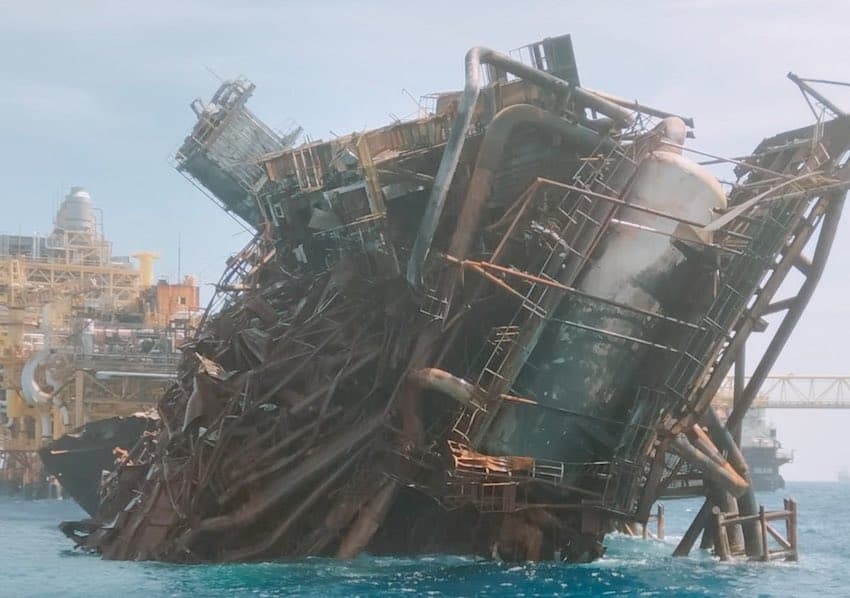In the digital age and a world saturated with visual stimuli, reading remains a fundamental part of children’s development. Books are not only the doors of knowledge but also fuel imagination, strengthen language and foster concentration and communication.
Reading books in a foreign language can help kids adopt a second language more easily. According to the Montessori Academy, there are many benefits to learning a second language as a child. These include “better memory skills, improved ability to focus, increased vocabulary and more. Developing these skills will help your child overcome their school challenges and allow them to grow into confident learners.”

To achieve this, you must teach your child a new language early. Enrolling them in classes or keeping them in a bilingual school is also recommended.
According to a May 2021 report from the aprende.mx General Directorate — the agency that produces the Education Ministry’s educational broadcast programs — reading is an indispensable resource for growing minds. However, despite its importance, experts note a growing lack of interest in reading among new generations.
How can we create a love for reading in children?
The first step is to change their perception of reading. Children and young people must understand that reading is not a boring task but a rewarding experience that can provide excitement and escape from routine. They must see their parents and family members enjoying reading, setting an example to follow.
It’s important to allow young people to choose books according to their interests and preferences. Reading should not be imposed by a school curriculum but encouraged as a pleasurable and enriching activity. Creating a routine and setting a specific time of day for reading can turn it into a habit.
Likewise, adults should get involved in young people’s reading process by asking them about the books they’re reading or would like to read. This shows interest on the part of adults and can encourage discussion and exchange of ideas.
Books must be accessible, attractive and of appropriate length for a child’s age and ability to ensure that they enjoy reading. Often, disinterest arises when the vocabulary is complicated or the narrative is too complex, or, conversely, too easy for them.
It is crucial to change teenagers’ perceptions that reading is an obligation. Introducing them to books that deal with their hobbies and interests is recommended, allowing them to explore different genres and themes. As the world is experiencing a big boom of teenage novels and publications, it’s a perfect time for teenagers to get familiar with reading. Options are everywhere and for everyone.
The benefits of reading are numerous. It improves language, strengthens concentration, stimulates imagination, enhances memory, facilitates communication, exercises the brain, improves spelling, and expands vocabulary. In summary, reading is an investment in the holistic development of young people.
Below are some children’s books and the specific benefits they can offer. Spanish-language versions of all of them are available in Mexico and can also offer the benefit of helping your kids become bilingual:
![]()
Cognitive Development
“The Very Hungry Caterpillar” by Eric Carle
This classic picture book follows the journey of a caterpillar as it eats its way through various foods before transforming into a beautiful butterfly. Through vibrant illustrations and simple storytelling, it teaches children about the days of the week, counting and the life cycle of a butterfly.
![]()
Language acquisition
“Goodnight Moon” by Margaret Wise Brown
A bedtime classic, “Goodnight Moon” takes readers through a bunny’s nighttime ritual of saying goodnight to everything in his room, from the moon to the stars to the mittens. Its soothing rhythm and repetitive language make it an excellent tool for language development and bedtime routines.
![]()
Learning Spanish
Con Pollo: A Bilingual Playtime Adventure by Jennifer Lopez and Jimmy Fallon
The book is loaded with humor and helps young readers learn Spanish vocabulary through a feathered friend named Pollo.
![]()
Cultural understanding
“Where the Wild Things Are” by Maurice Sendak
In this beloved story, Max, a young boy dressed in a wolf costume, is sent to bed without dinner and imagines sailing away to a land where wild creatures roam. Through his adventure, Max learns about the power of imagination, the importance of self-expression and the comfort of home.
![]()
Understanding emotions
“The Angry Book”, Cédric Ramadier
Its simple story and simple illustrations play with the symbolism of the color red to make the story more understandable. Interactively, readers or listeners, accompanied by a little mouse, can learn and practice strategies and tools to deal with anger, which in this book is represented by the book itself.
In addition to physical books, digital platforms also play an important role in promoting reading. Wattpad, Kindle, Goodreads and other online communities allow young people to share reviews, participate in writing contests and discover new stories.
That’s also true of Leoteca, a Spanish-language platform that promotes reading in children and adolescents up to 16. Here, children can comment on the books they read. To do so, they can access an extensive catalog of over 55,000 children’s and young adult literature titles from almost 400 publishers. Each book is accompanied by all the necessary information: the subject matter, the recommended reading level according to age, the opinions of other readers and even the first pages to browse through the book. The goal is for children and teenagers to have a place to share their opinions about the books they read with their friends while making recommendations for their favorite titles.
Ultimately, reading is an essential life skill. Without it, access to information would be limited and navigating the current world would be more difficult. Therefore, we must foster the habit of reading in our kids, cultivating a generation of curious, creative and well-informed minds. Share your children’s favorite books with us, and let’s continue to foster a love of reading in the next generation.
Camila Sánchez Bolaño is a journalist, feminist, bookseller, lecturer and cultural promoter and is Editor in Chief of Newsweek en Español magazine.

